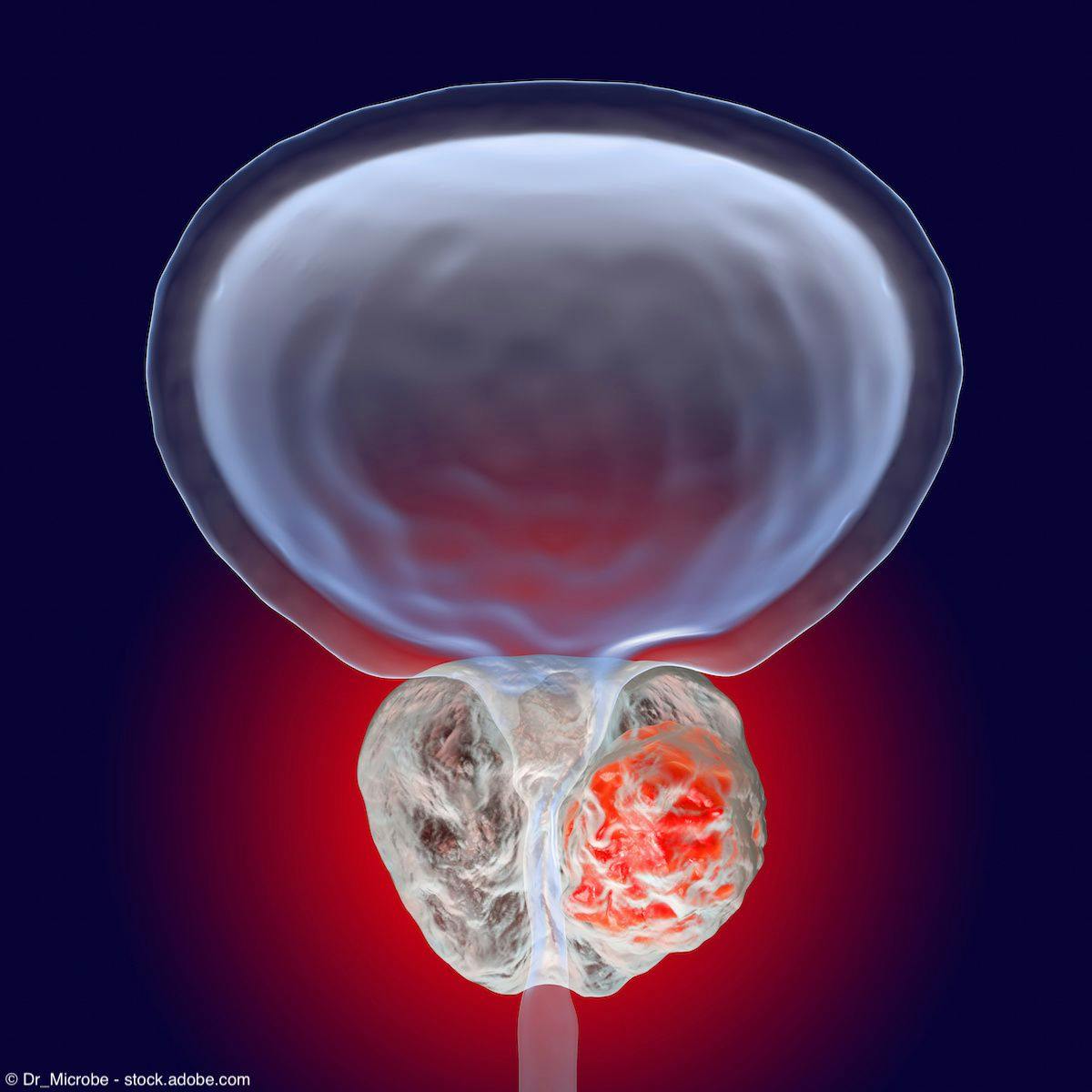Commentary
Article
Urology Times Journal
Data bolster case for surveillance in men with low-grade, low-risk localized prostate cancer
Author(s):
"This study demonstrates that for up to 10 years after diagnosis, approximately 50% of men with low-risk prostate cancer can safely remain on AS, without cancer progression or treatment, since less than 1% died of prostate cancer," writes Badar M. Mian, MD.
Badar M. Mian, MD

For low-grade prostate cancer, active surveillance (AS) with delayed treatment, when necessary, has been recognized as the preferred management option for well over a decade. But the uptake of AS has been slow and is still utilized in only about 60% of eligible men. Additionally, there is tremendous variability in the use of AS among various centers and regions. The potential reasons for the disconnect between guidelines on AS and practice may include the practitioners’ (urology, radiation oncology, primary care) concerns over missing the window of opportunity to cure the cancer or a lack of AS protocols with well-defined frequency and interval between testing (MRI, biopsy).
Some of these questions are now addressed in a report from Newcomb et al1 based on the Canary Prostate Active Surveillance Study (PASS) study that was carried out at 10 US sites between 2008 and 2022. Canary PASS is a multicenter, prospective, observational study of oncological outcomes in a prospectively accrued cohort of men with low-risk, localized prostate cancer for whom AS was conducted based on a predefined protocol. The study was conducted to understand the rates of disease reclassification (low grade to higher grades) and treatment, as well as outcomes such as recurrence, metastases, and death from any cause. Additionally, the study compared the oncologic outcomes between men who were treated soon after prostate cancer diagnosis and those who underwent a treatment several years after the initial diagnosis.
A total of 2155 patients with localized prostate cancer with median follow-up after prostate cancer diagnosis of 7.2 years were included in the study; 10% were lost to follow-up. The median age was 63 years, with 83% classified as White, and the median prostate-specific antigen (PSA) level was 5.2 ng/mL. The majority of patients (90%) were diagnosed with Grade Group (GG) 1 cancer and met traditional definitions of very low- or low-risk prostate cancer. As per protocol, PSA was measured every 3 to 6 months. Repeat prostate biopsies were performed at 6 to 12 months after diagnosis (confirmatory biopsy), 2 years after diagnosis, and then every 2 years.
Of these men, 88% had the confirmatory biopsy (first surveillance) within 2 years. The second surveillance biopsy was completed within 3 years in 83% and within 5 years in 90% of these men on AS. The third surveillance biopsy was performed in 74% and 83% of men within 3 years and 5 years, respectively.
Of the 2008 men with at least 1 surveillance biopsy after the initial diagnostic biopsy, approximately 50% did not have grade reclassification or require any treatment. The risk of reclassification to a higher-grade prostate cancer was noted early during the study, with 19% occurring at confirmatory biopsy and 20% occurring later during subsequent surveillance biopsies. Nearly 70% of the upgrading was from GG1 to GG2, whereas 7% changed to GG3 or higher. After upgrading on subsequent biopsies, most patients received definitive treatment, whereas about a quarter continued on AS. Interestingly, a quarter of men who were treated did not have any documented upgrading on surveillance biopsy.
Overall incidence of upgrading was 43%, whereas upgrading to GG3 was noted in 14% of men at 10 years after diagnosis. During the same time period, an estimated 49% of the cohort underwent mostly definitive treatment such as prostatectomy or radiation therapy. Of the 821 men who underwent treatment, 52% were treated after the confirmatory biopsy at a median 1.5 years after diagnosis, and 48% of men requiring treatment were treated after a subsequent surveillance biopsy at a median of 4.6 years after diagnosis. Of the 481 men who underwent prostatectomy, 149 (31%) had adverse pathology, and the rate of adverse pathology was similar among the group who had surgery after the confirmatory biopsy vs subsequent surveillance biopsies. The 5-year incidence of recurrence among those who underwent surgery earlier vs later was similar at 11% and 8%, respectively. In the entire cohort, the incidence of metastasis at 10 years after diagnosis was 1.4% and incidence of prostate cancer–specific mortality was 0.1%. Death from other causes occurred in 5.1% of the study cohort.
In this study, the adherence to the protocol and the repeat biopsy intervals was excellent, with nearly 90% of men undergoing repeat biopsy within 2 years. Of note, the repeat biopsies were performed even without a significant change in PSA level (of normal MRI of prostate). It appears the ensuing adherence to the AS protocol likely contributed to lower rates of metastasis in this study compared with other studies that did not require protocol-driven surveillance biopsies. Perhaps the most important biopsy after initial diagnosis is the first surveillance (or confirmatory biopsy), which was performed at a median of 1 year after initial diagnosis. The confirmatory biopsy resulted in 23% of patients being upgraded to GG2 or GG3. It is noteworthy that only approximately 50% of men in the study underwent an MRI of prostate, since the study was initiated prior to widespread availability of MRI. It’s not difficult to speculate that if all the men had undergone prebiopsy MRI and targeted biopsy, the rate of upgrading, especially to GG3, could have been lower.
This study demonstrates that for up to 10 years after diagnosis, approximately 50% of men with low-risk prostate cancer can safely remain on AS, without cancer progression or treatment, since less than 1% died of prostate cancer. Delayed treatment did not compromise cancer control while affording the patients a period of time that is free of treatment-related adverse effects. These outcomes are quite favorable and should be reassuring to those practitioners who have had concerns about missing the window of disease curability. With the routine availability of prostate MRI, and some genomic tests, men with low-grade, low-risk localized prostate cancer, and select men with low-volume GG2 disease, should be offered AS as the initial management strategy.
REFERENCE
1. Newcomb LF, Schenk JM, Zheng Y, et al. Long-term outcomes in patients using protocol-directed active surveillance for prostate cancer. JAMA.2024;331(24):2084-2093. doi:10.1001/jama.2024.6695

Newsletter
Stay current with the latest urology news and practice-changing insights — sign up now for the essential updates every urologist needs.


























